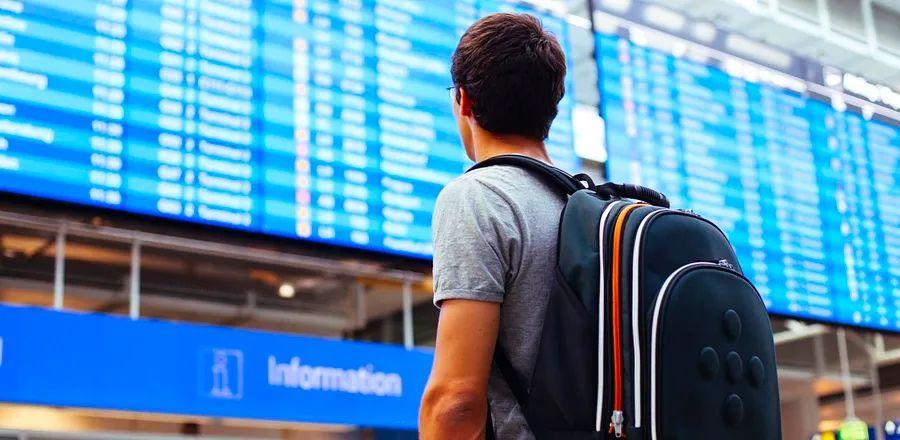LOL: The Story Behind Airports’ 3-Letter Codes

Within the bustling departure gates, terminals, Hudson News shops, and airline lounges at airports exists a secret language, familiar to seasoned travelers and aviation fans: the three-letter airport code.
From well-known codes like JFK and DFW to the lesser-known ORY and AKL, these identifiers are more than mere letters—they are essential for recognizing airports globally. But what do they signify, and how do airports obtain these distinctive codes?
In the early aviation era, pilots in the U.S. used a two-letter city identification system similar to that of the National Weather Service. As airport numbers increased, the need arose for a three-letter code system, providing far more combinations (17,576 compared to 676 for two letters). In some instances, an X was added, which is why LA became LAX.
It wasn't until the 1960s that the International Air Transport Association (IATA), based in Montreal, began the process of assigning these codes, with the goal of establishing a straightforward and uniform approach for airport identification across various nations and languages. When a new airport is planned or an existing one undergoes major updates, the appropriate authorities submit a request to IATA for an official three-letter code, typically including details like the airport’s location, name, regional history, and preferred code suggestions.
IATA’s primary approach for creating airport codes is to use the first three letters of the city’s name, such as LAS for Las Vegas or BOS for Boston. If a city has multiple airports, an abbreviation of the airport name is chosen, like JFK for John F. Kennedy International Airport in New York. Alternatively, a combination of letters may be selected, ideally beginning with the same initial letter as the city, such as AHN for Athens, Georgia.
This sometimes results in amusing codes like LOL for Derby Field Airport near Lovelock, Nevada, and SUX for Sioux Gateway Airport in Sioux City, Iowa. Another amusing code is OMG for Omega Airport in Namibia.
No two airports can share the same three-letter code. If a new airport cannot be assigned a code using the standard methods, it might be named after local history. For example, Orlando International is located on the site of the former McCoy Air Force Base, hence its code MCO. Similarly, Maui's Kahului Airport carries the code OGG in honor of Captain Jimmy Hogg, who piloted Hawaiian Airlines' first trans-Pacific flight.
IATA also assigns codes to ferry, bus, train, and helicopter terminals that coordinate ticketing and baggage transfers with airlines, facilitating smooth operations. Currently, around 11,300 codes are in use, and IATA reports that about 40 to 50 new codes are issued each year. Once a code is assigned, it rarely changes. For instance, even though Oakland, California, recently voted to rename itself San Francisco Bay Oakland International Airport, it retains the OAK code. However, in cases of safety concerns, changes may occur, as seen when Washington Dulles International Airport changed its code from DIA to IAD to prevent confusion with Ronald Reagan Washington National Airport (DCA).
To add to the complexity, there’s a competing four-letter code system used internationally, though you may never encounter it. In addition to IATA, the International Civil Aviation Organization (ICAO) assigns a four-letter code to each airport. ICAO codes simplify identification by ensuring that the first letter indicates the airport's region, so all U.S. airports start with K and all Chinese airports with Z. However, these longer codes are mainly for use by air traffic controllers and navigation services, while IATA codes are intended for public use.
Evaluation :
5/5



